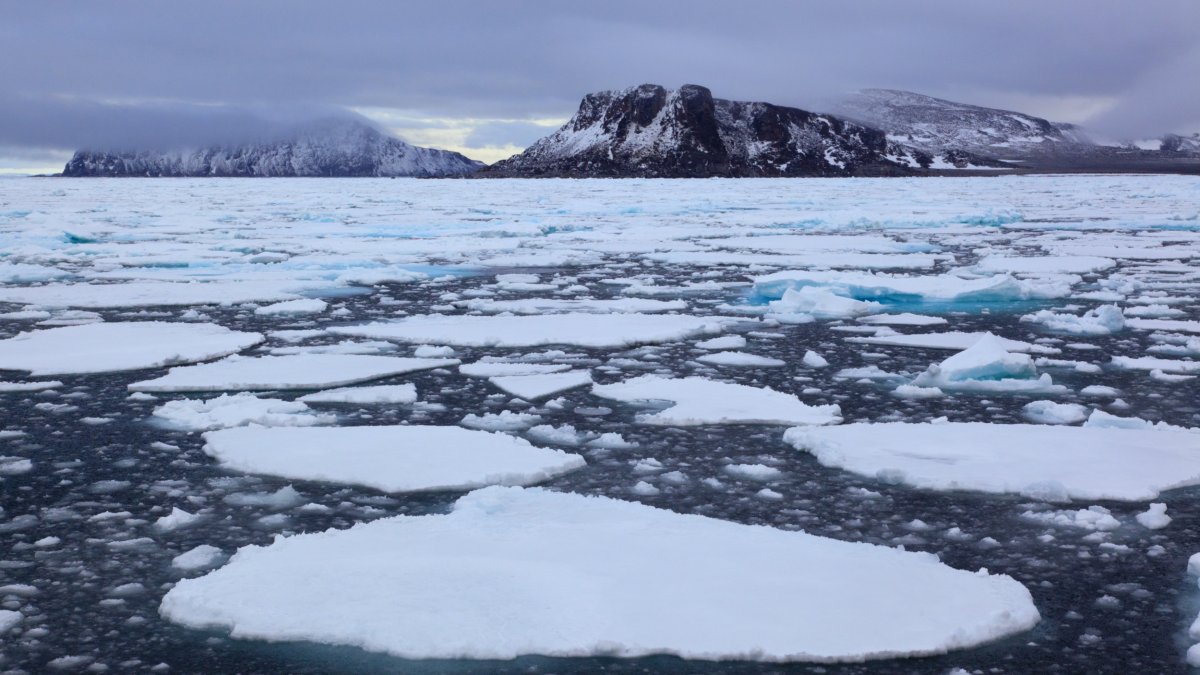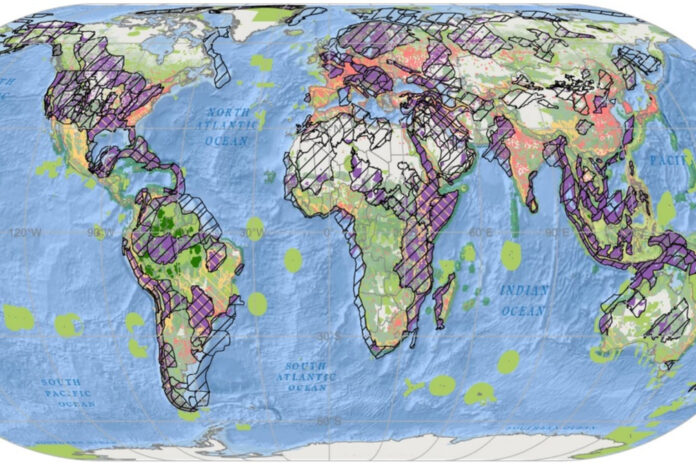Certain oil resources around the world should stay underground to limit rising global temperatures, researchers say.
Specific areas of oil reserved should be excluded from extraction in order to limit global warming to less than 1.5 degrees Celsius [2.7 degrees Fahrenheit], according to a new paper in the scientific journal Nature Communications.
A map of the world showing these areas, which the researchers call the “unburnable oil atlas,” reveals which areas must be left alone to achieve these climate goals and avoid a positive feedback loop of climate disasters.
Pellegrini, L., Arsel, M., Muñoa, G. et al. The atlas of unburnable oil for supply-side climate policies. Nat Commun 15, 2318 2024.
The Paris Climate Agreement was adopted on December 12, 2015, during the COP21 conference. The primary aim is to limit global warming to well below 2 degrees Celsius above pre-industrial levels, with efforts to limit the temperature increase to 1.5 C.
This increase in global temperatures is mainly driven by the release of greenhouse gases like CO2 into the atmosphere. When solar radiation reaches the Earth’s surface, some of it is absorbed, while the rest is reflected out into space.
Greenhouse gases in the atmosphere absorb some of this outgoing infrared radiation and re-radiate it in all directions, including back toward the Earth’s surface, causing a slow increase in temperatures worldwide.
The total CO2 emissions that can be released before global warming mounts this 1.5 C limit is known as the remaining carbon budget. According to the paper, the remaining carbon budget as of January 2023 that had a 50 percent chance of limiting temperatures below 1.5 C was about 250 gigatonnes of CO2 (GtCO2). For reference, about 4.9 gigatons of carbon dioxide (GtCO2) were released by the U.S. in 2022.
“This budget is steadily decreasing at current rates of human-induced emissions — about 42 GtCO2 per year — and will be completely used up by 2028,” study author Lorenzo Pellegrini, a professor of Economics of Environment and Development at the International Institute of Social Studies of Erasmus University Rotterdam said in a statement.
The atlas of unburnable oil was created using a variety of environmental and social criteria to determine which resource regions needed to be left alone to limit global temperature rise. It also took factors including natural protected areas, priority areas for biodiversity conservation, areas of high endemic species richness, urban areas and the territories of indigenous people into account.
“Our study reveals which oil resources should be kept underground and not commercially exploited, with special attention to those deposits that overlap with areas of high endemic richness or coincide with outstanding socio-environmental values in different regions of the planet.
“The results show that the exploitation of the selected resources and reserves is totally incompatible with the achievement of the Paris Agreement commitments,” study author Martí Orta-Martínez, an associate professor of environmental studies at the University of Barcelona, said in the statement.
The researchers note that even if this map were adhered to, it may not be enough to limit temperature rises to 1.5 C. In a future where temperatures exceed this level, it could push the planet over a tipping point, where permafrost melt, forest fires and sea ice loss cause even greater levels of CO2 to be released into the atmosphere.
“If these thresholds are exceeded, this could lead to an abrupt release of carbon into the atmosphere (climate feedback),” Orta-Martínez said, as this would “amplify the effects of climate change and trigger a cascade of effects that commit the world to large-scale, irreversible changes.”

ISTOCK / GETTY IMAGES PLUS
If all the fossil fuel reserves remaining on Earth were burned, around 10,000 GtCO2 would be released into the atmosphere. This is about 40 times the remaining carbon budget for 1.5 C, the researchers say.
“In addition, the combustion of developed fossil fuel reserves — i.e. those reserves of oil and gas fields and coal mines currently in production or under construction — will emit 936 GtCO2, four times more than the remaining carbon budget for a global warming of 1.5°C,” study author Gorka Muñoa said in the statement.
The authors hope that this paper and their atlas of unburnable oil highlight the importance of not extracting any more fossil fuels from the ground if we want to achieve our climate goals.
“The goal of no more than 1.5 degrees C global warming requires a complete halt to exploration for new fossil fuel deposits, a halt to the licensing of new fossil fuel extraction, and the premature closure of a very significant share (75 percent) of oil, gas and coal extraction projects currently in production or already developed,” the authors said.
“Massive investment in clean energy sources is needed to secure global energy demand, enact and support suspensions and bans on fossil fuel exploration and extraction, and adhere to the fossil fuel non-proliferation treaty.”
Do you have a tip on a science story that Newsweek should be covering? Do you have a question about global warming? Let us know via [email protected].
Uncommon Knowledge
Newsweek is committed to challenging conventional wisdom and finding connections in the search for common ground.
Newsweek is committed to challenging conventional wisdom and finding connections in the search for common ground.


